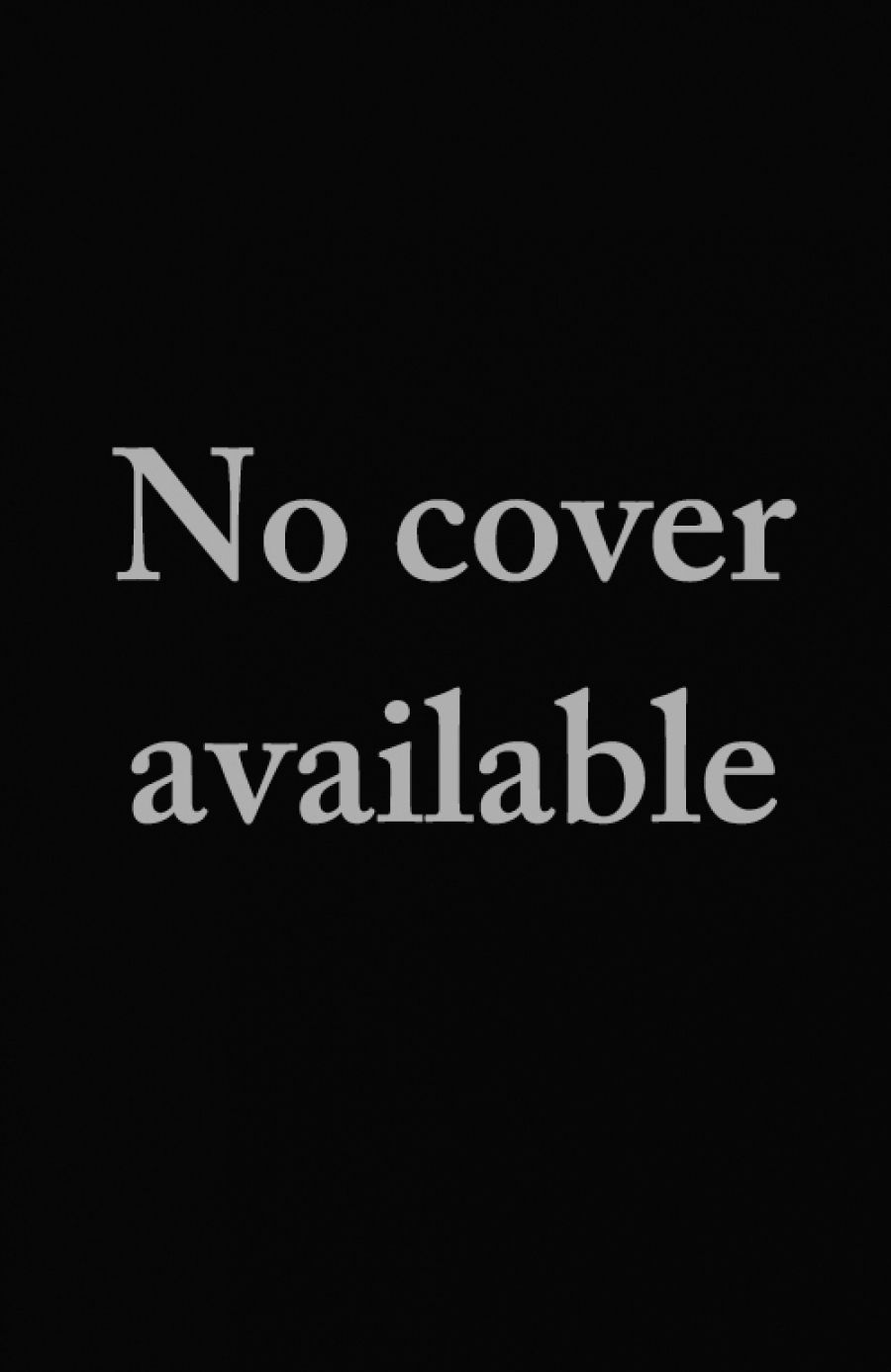
- Free Article: No
- Contents Category: Journal
- Review Article: Yes
- Online Only: No
- Custom Highlight Text:
With a title like Metre, you know that this magazine is not attracting readers by its chic and sexy appeal. Our own home-grown mags, such as Otis Rush, Salt, and HEAT, at least offer their poetry with a bit more adventure and promise. Furthermore, by combining poetry with a range of fiction, cultural criticism, essays or reviews, such local efforts release poetry from solitary confinement and bring new energies into it. In contrast, Metre seems nostalgic for older times, for days when poetry demanded respectful homage. As the staid European cousin, its conservative title is buoyed only by the overarching gaze of ambition.
- Book 1 Title: Metre
- Book 1 Subtitle: A magazine of international poetry
- Book 1 Biblio: The Lilliput Press, $15.00 pb, 127 pp
Now into the second issue, Metre promotes itself as ‘a magazine of international poetry’. Although edited from the capitals of London, Prague, and Dublin, it nevertheless maintains an Irish slant, a bias reinforced by an association with the Lilliput Press and the fact that one of its founding patrons is Seamus Heaney. In taking on a narrow market with such broad focus, Metre positions itself as a rival to magazines like Verse, which already has a comfortable institutional following. Given Verse’s recent migration to America, Metre is perhaps trying to tap into a ready-made, or at least, receptive audience. It is not hoping to create a new readership for poetry or, necessarily, to explore new poetries. Rather, it is mapping the currently already present in perceived national poetries and offering the possibility of a carefully articulated cross-cultural exchange.
Despite its intentions, Metre does have an Irish slant, revealed in the comparisons that are inevitably drawn. With a strong element of the blarney in our own poetic background, it is not surprising that Metre has chosen Australia for an early feature issue. The selection offers a range of contemporary writing, which will prove highly enjoyable for Australian and overseas readers alike. There are too many fine examples to mention, although John Tranter’s ‘Kansas’ sestina and Tracy Ryan’s ‘The Translation’ are amongst the most memorable.
Wonderfully meditative and intimate pieces are offered by Kris Hemensley, Bruce Dawe, and Dimitri Tsabumas. However, I have to wonder what readers elsewhere will make of the Brisbane of Kevin Hart’s mum, with its idiosyncratic Pancake Manor and Lady Cilento. Or what they will make of John Kinsella’ rabbiter, whose name was ‘really Warren’, not to mention the tribal customs of J.K. Murphy’s believers in the ‘baulking Sherrin’. The drunken antics of J.S. Harry’s diamond dove also satirises to perfection that ocker vision of Australian masculinity.
This attention to individual poetry choices is unfortunately not repeated on a larger scale, as an unconscious ‘whiteout’ effect is produced. It would seem appropriate in such an issue to showcase Aboriginal poetry as well as the work of some Asian-Australian writers – even if only in the form of essays or reviews. Given the introductory nature of the volume, critical material generally tends toward the summary. While Geoff Page provides a handy compass for directions in Australian poetry, Simon Caterson’s overview of nine poets was condensed beyond comprehension in its flashcard blurbs. David Wheatley’s review of Les Murray’s Fivefathers and Paul Kane’s Australian Poetry: Romanticism and Negativity was also on the brief side, finished off with a quick side-glance to John Kinsella’s rising star. Caitriona O’Reilly’s essay on Gwen Harwood and Dorothy Hewett examines with some entertainment the self-fashioning of poetic identity by these two central figures, although readers should have been given a reference for Stephanie Trigg’s and Edna Longley’s critical contributions. John Redmond echoes Ken Bolton’s sentiments in HEAT 5 of Les Murray’s Subhuman Redneck Poems. And finally, Louis Armand’s diagnosis of Michael Dransfield’s work begins promisingly enough in its focus on addiction, but falters once it moves from the potential influence of Brett Whiteley towards the Romantic background of Baudelaire.
The highlight of the issue is unquestionably Simon Caterson’s interview with Peter Porter. Porter reflects on the state of Australian poetry in light of his anthology editorship, (‘compiling an anthology is a good way to lead to either a nervous breakdown or incipient suicide’) as well as the vicissitudes of being an Australian poet working in the British Isles. For Porter, a more international or outward-looking style is required to insure the future of Australian poetry, although such a style should maintain the amateurism – that very particular sense of personal opinion and involvement – which makes our poetry so attractive.
At just under one hundred pages, Metre’s special Australian issue offers a valuable introduction to the work of some of our better-known writers, along with a range of thoughtful and sometimes provocative criticism. At five pounds UK, Metre offers incredibly good value for money.


Comments powered by CComment